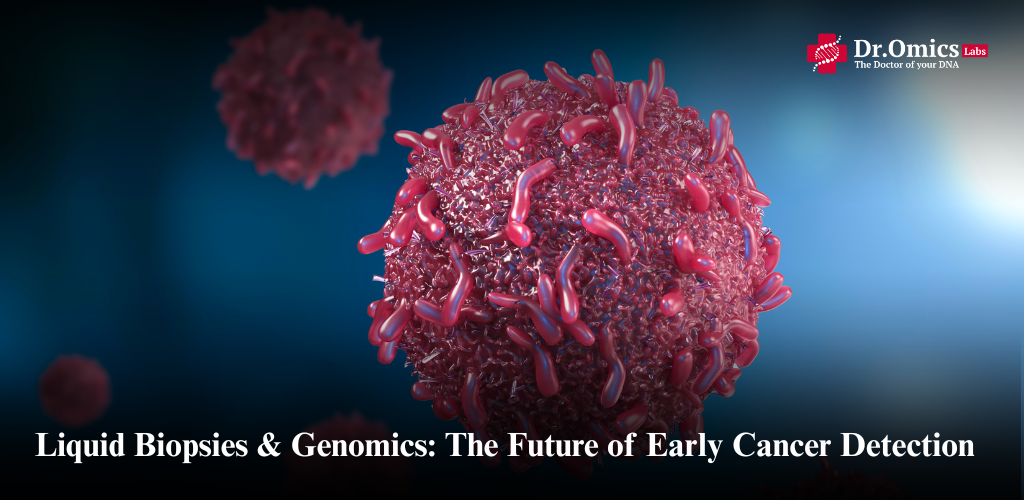In the rapidly evolving landscape of cancer diagnosis and care, liquid biopsy for cancer and genomic approaches are transforming how we detect, understand, and treat cancer. These minimally invasive tools enable the detection of cancer at earlier stages, identification of actionable mutations, and usher in a new era of precision oncology.
What Is a Liquid Biopsy for Cancer?
A liquid biopsy for cancer is a simple blood test that can detect the presence of cancer by analyzing tumor-derived material circulating in the blood, especially fragmented tumor DNA, known as ctDNA (circulating tumor DNA). Unlike traditional tissue biopsies, liquid biopsies are non-invasive, yield rapid results, and can be repeated frequently to track cancer progression.
Benefits include:
- Minimal invasiveness, reducing risk and discomfort.
- Early detection and continuous monitoring for recurrence.
- Ability to capture comprehensive tumor information over time.
ctDNA Testing: Revolutionizing Early Detection
ctDNA testing isolates and analyzes tiny fragments of tumor DNA in the bloodstream. Tumors frequently shed DNA as cells die, so identifying these unique genetic signatures makes it possible to:
- Detect and identify cancer before symptoms even arise.
- Monitor how a tumor responds to treatments, making real-time care adjustments.
- Spot recurrence or residual disease far sooner than traditional imaging or blood markers.
For example, after surgery for colon cancer, ctDNA testing can detect lingering cancer cells, signaling if additional treatment is needed.
Genomic Profiling in Oncology: Personalizing Cancer Therapy
Genomic profiling in oncology applies cutting-edge sequencing technology to examine the entire genetic make-up of a tumor. This allows oncologists to:
- Identify mutations driving cancer growth for targeted therapy.
- Choose treatments that are most likely to work for a specific genetic profile.
- Match patients to clinical trials for innovative therapies tailored to their tumor’s genetics.
Personalized medicine through genomic profiling in oncology is leading to better outcomes, longer survival, and fewer side effects for many cancer patients.
Cancer Risk Genes: Understanding Inherited Risk
Some individuals inherit cancer risk genes—mutations passed down in families that significantly raise lifetime cancer risk. Famous examples include BRCA1 and BRCA2 for breast and ovarian cancer. Others, like TP53 and CHEK2, are also linked to heightened cancer susceptibility.
- Implement earlier, targeted cancer screening.
- Guide preventative measures for high-risk individuals.
- Inform family members who may also carry these mutations.
Looking Ahead: The Synergy of Liquid Biopsy and Genomics
When liquid biopsy for cancer, ctDNA testing, and genomic profiling in oncology are combined, the result is a holistic and proactive approach to cancer care:
- Earlier Diagnosis: Cancer is found when it’s easiest to treat.
- Real-Time Monitoring: Treatment plans adjust quickly as tumors evolve.
- Prevention & Family Care: Testing for cancer risk genes safeguards families for generations.
The future holds even more promise as technology advances, costs drop, and access improves. Integrating these innovations ensures that cancer is detected earlier, treated more precisely, and patients are equipped with knowledge and options like never before.




